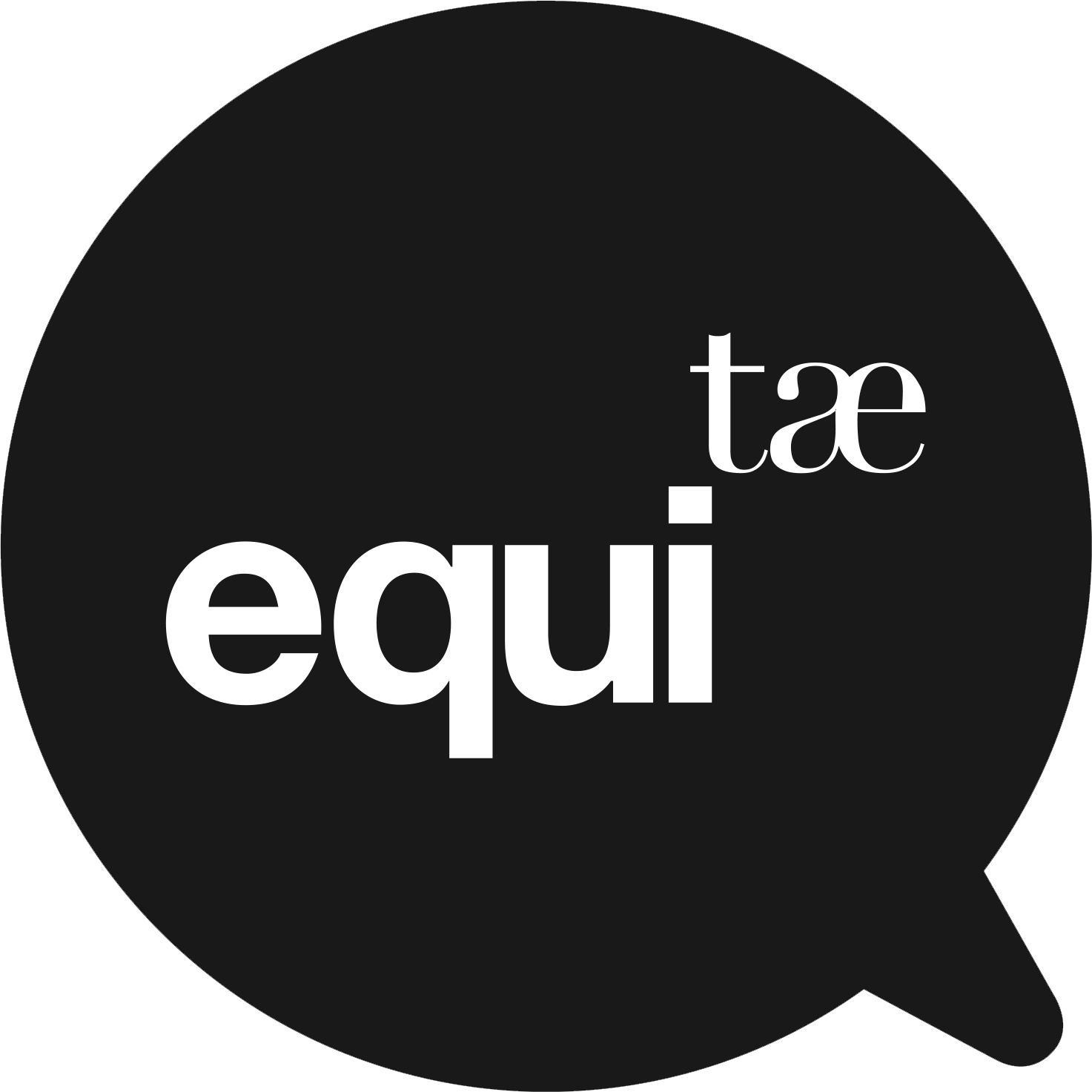« If a horse is not able to give a correct neck extension in all three gaits, staying in rhythm, without dropping the back, then the work has not been good. »
The dressage and jumping challenges allow above all to judge the main principles of the training scale. In dressage, the figures are only there to allow the rider to improve the locomotion of his horse, in the search for muscular harmony, respect for the inborn locomotion of each horse and permeability. In dressage, they only represent 10% of the total score, and in jumping, the main goal is not to avoid dropping a bar, but to know how to combine the different necessary pre-requisites (confidence, layout/accuracy...) and to maintain a dialogue with his horse in order to lead him to jump with the minimum effort necessary and in a relaxed manner.
Undocumented horses are accepted.
No obligation to have a diploma.
In addition to the protocol corresponding to the tests and workshops, the judges also give the riders a complementary grid including assessments on the following elements:
— functioning of the horse (strong points, weak points)
— functioning of the rider (strong points, weak points)
— suggested exercises to improve locomotion
— tips for correct improved gaits
— progress perspective and objectives to be achieved
— correcting defective attitudes and acquiring better control of aids
DRESSAGE
In dressage, every rider must perform the level 1 to allow a review of the basic work. He is then invited to choose the test of his choice among the other levels.
— Scoring criteria: rythm / impulsion / relaxation / contact / balance / reflection of the rider / figures
— Possibility to perform the figures in an margin of 8m around the letter
— Unlimited time
— Sidepull allowed at all levels
— Optional spurs at all levels, not allowed at the first level
— Rising trot and canter in suspension allowed in the first two levels
— The rider is invited to give his feeling on his test and his analysis will be part of the overall score
OBJECTIVES
— Presenting a horse in the attitude of the neck extension or in the spirit of it
— Aiming at an engaged top line
— Moving towards sustainability and quality of contact
objectiVEs
— Aiming at the horse going on the bit (mise sur la main)
— Being able to vary the attitude: moving from an extended to a more sustained attitude
— Begin developments within one gait
— Introduce lateral exercises
The proposed figures are those that allow the horse to begin elevate the forehand and to come on the bit in a so-called working attitude.
objectiVEs
— To be able to vary the attitude of his horse to keep a supple and relaxed back at all times
— “Mise en main” and begin of collection
The proposed figures are movements that will combine the classical suppleness exercises and those that lead more precisely towards collection :
— haunches in / half pass
— half pirouette
— rein back
The development of the gait of previous levels turns into extension.
objectiVEs
The horse must be able to be presented throughout the test in a stable and collected attitude.
The various sequences allow the preparation of the piaffe, the passage and the canter pirouette.
The figures proposed are those that allow the quality and correctness of the collection to be checked: a lowering of the haunches causing the forehand to rise without constraint or force.
objectiVEs
The figures include the culmination of the collection: piaffe, passage and canter pirouette.
The rider is encouraged to constantly look for a permeable and relaxed horse, able to go from a very collected posture to a more relaxed and extended frame.
OBSTACLE
- Rating criteria: attitude and functioning of the rider / functioning of the horse / execution in the required gait / quality of the jumps / ease, relaxation and harmony of the couple in the execution
— Unlimited time
— Single snaffle
— Flat or crossed noseband
— Sidepull allowed at all levels
— Optional spurs
— The rider is invited to comment on his work and his analysis will be part of the overall grade
OBJECTIVES
Connexion through the contact
Confidence thanks to the quality of the contact
Franchise thanks to a controlled impulse
OBJECTIVES
This time of impulsive support between each limb pose.
OBJECTIVES
Direction: giving the right approach to the obstacle by a panoramic look
Layout: do not deviate from the ideal route
Straightness: the rudder (the shoulders) in front of the engine (the hips)
OBJECTIVES
Control: know how to impose without bending
Dressage: vary the amplitudes in the balance
OBJECTIVES
Improve the technical gesture and know how to repeat it without relentless therapy











